
Crow
Crow
Crow
What would you say if asked, "what bird has a pitch-black beak and wings." Perhaps many people would answer "crow," a familiar bird that is often seen on the streets. Crows tend to have a bad image of being sinister or dirty, but what kind of life do they actually lead? In this article, we'll take a peek together at what kind of ecology crows are and what their characteristics and secrets are!
Crow Basic Infomation
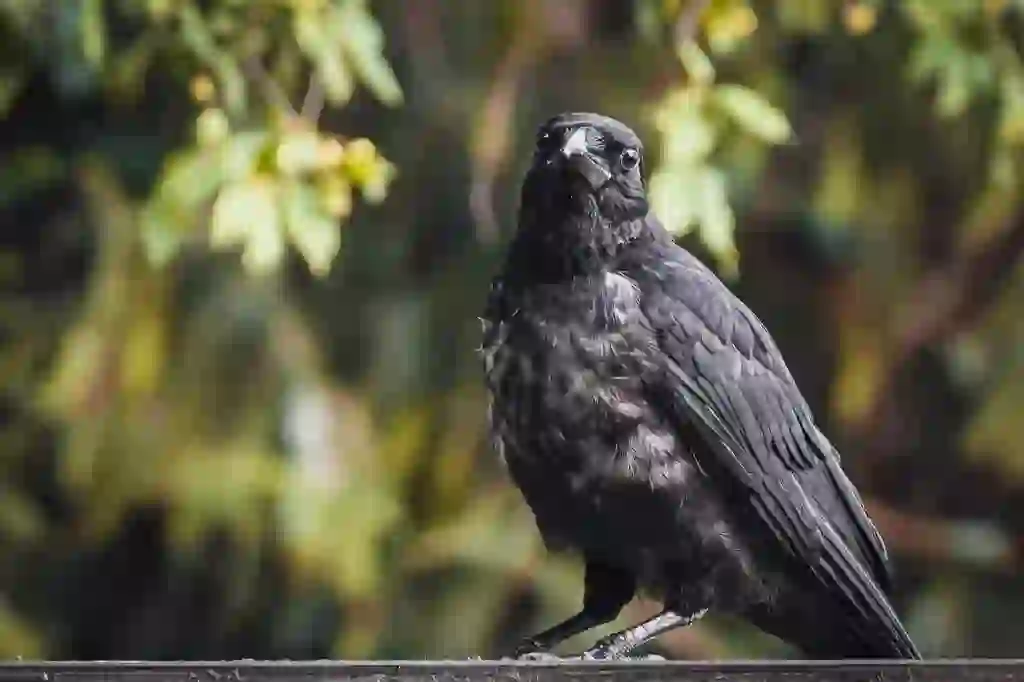
Aves-Passeriformes-Corvidae
Jungle crow Length:約57cm weight:600~800g.
Carrion crow Length:約47~50cm weight:450~600g.
Crows are a species of bird that lives in all parts of the world, except in Antarctica and some parts of South America.
It is said that there are about 40 types of crows in the world, but this time I will mainly introduce the "jungle crow" and "carrion crow" that are often seen in Japan.
Jungle crow has a large and thick beak, and its forehead sticks out, and it cries with a clear "kaa" voice.Carrion crow has a smaller body and a smaller beak than jungle crow, and its forehead is gentle and makes a murky "gaa" sound.
However, since both are black all over, it is difficult to distinguish between the two species in an instant.
Crows are monogamous animals, and once paired, the pair is almost never dissolved for life.
They are able to breed after about 3 to 4 years of age, and the breeding season is from April to August for jungle crow and from March to July for carrion crow, with an average of April to July.
During the breeding season, crows build nests on trees and utility poles in their territories and lay two to five eggs at a time. Couples work together to raise their children, and it is said that about 57% of hatched chicks leave the nest.
Crow Q&A

How did the crow get its name?
I think the name "crow" changes from country to country, so in this article, I will introduce the origin of the name "karasu" in Japanese.
First of all, there are two main theories about the origin of the name karasu.
The first theory is that it was called "kuroshi" or "kurosu" because of its appearance, and then it changed to "karasu".
※In Japanese, "kuroshi" means black.
The second theory is that it was called "karasu" or "korosu" because it is a bird that sings "ka-ko" or "kara-koro," and that it changed to "karasu".
We don't know which theory is correct, but either way, you can see that crows have been attracting attention for their appearance and sound for a long time.
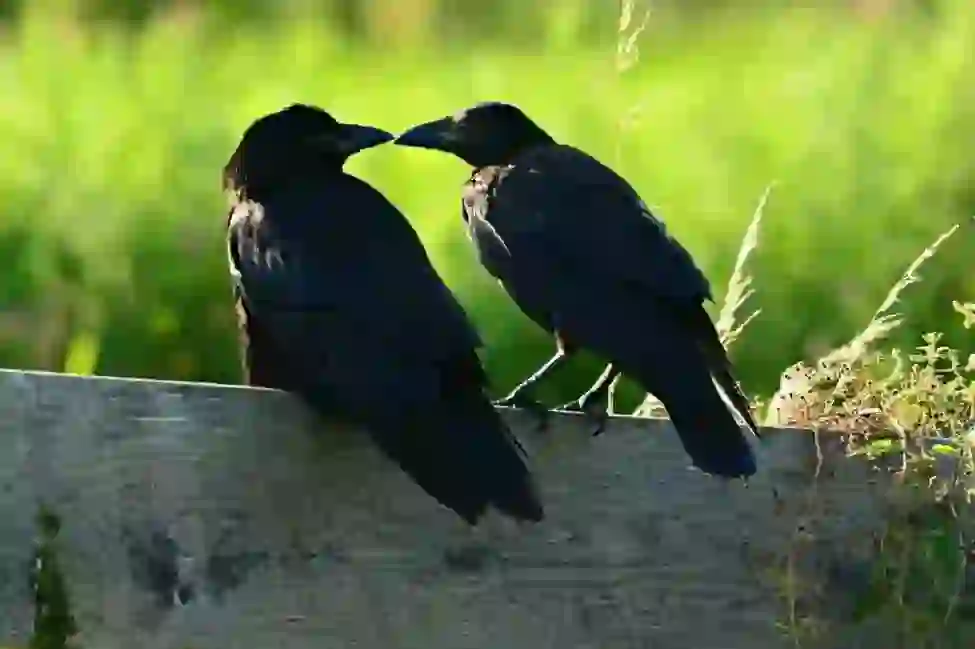
Why do crows live there?
Depending on the species, crows have very different preferred habitats.
In the case of crows living in Japan,jungle crow prefers forests and urban areas, but carrion crow prefers farmland and riverbeds, so it is rarely seen in urban areas.
It is thought that the original habitat was divided by the food that each crow preferred, but it seems that the jungle crows later learned that there are nutritious foods in the garbage that people produce and came to live in urban areas.
Jungle crow, as its name suggests, is originally a crow that lives in forests, not in urban areas. In fact, the jungle crow that lives overseas outside of Japan is a bird that can be found in remote forests, and is not seen in the city.
By the way, there are some places where the habitats of jungle crow and carrion crow overlap, but it is said that these two species do not hybridize to form hybrids.
This shows that the jungle crow and carrion crow are completely different species, although they look similar, and that they are not closely related animals.

What do crows eat?
Depending on the type, crows are basically omnivorous animals, so they will eat anything they can get their hands on.
They eat small animals such as rats, chicks and eggs of small birds, frogs, insects, and dead meat of animals as food for animal matter, and nuts, livestock feed, and agricultural products (mandarin oranges, watermelon, grapes, and rice) as food for plant matter.
In addition, they sometimes eat food scraps (meat, fish, leftovers from fried foods, etc.).
In the case of crows living in Japan, it is said that it is mainly jungle crow that scours urban garbage for food. In the past, it was said that jungle crow tended to prefer animal meat, while carrion crow tended to prefer plant material.
However, both prefer sweet fruits, and even the carrion crow, which is said to prefer plant matter, seems to eat meat without hesitation when it is found.
In other words, it cannot be said that there is such a tendency in general, and it is thought that the preference of crows may change depending on their habitat and whether or not their food is available.
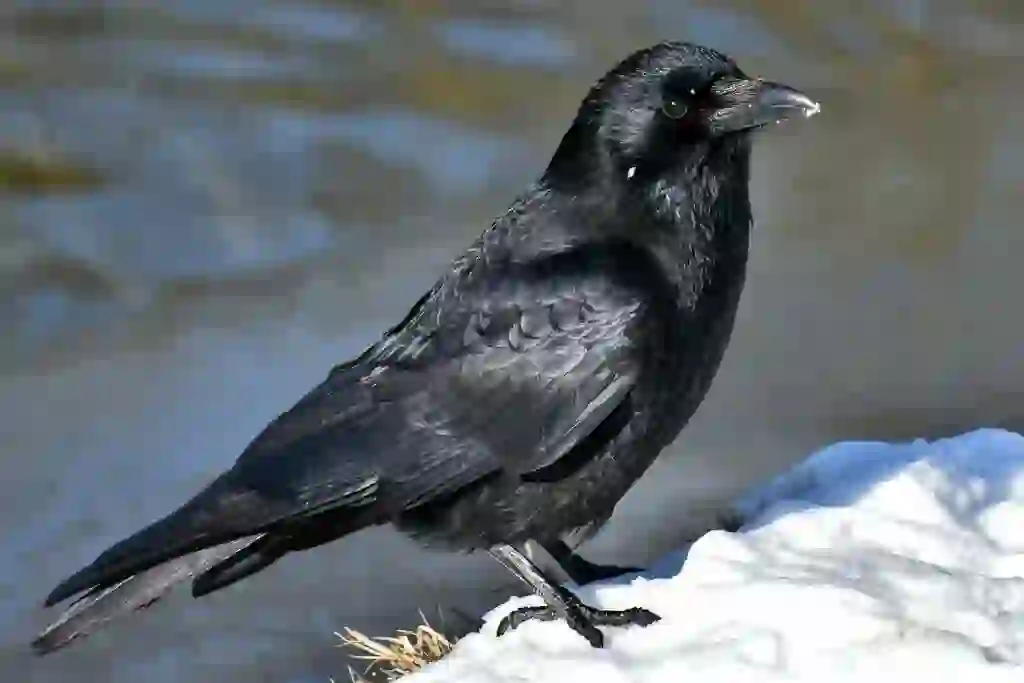
What kind of life does the crow lead?
In the case of crows living in Japan, crows are a common bird in the city, do you know what kind of life they lead?
Crows live in groups from autumn to winter, and at night they gather and sleep in places called "roosts" created in forests. It may be easier to understand if you think of a roost as a kind of apartment in human terms.
Crows are thought to be involved in a variety of activities here, such as protecting themselves from natural enemies, exchanging information, and finding partners.
Such crows are diurnal animals that are active during the light hours. They get out of the roost just before sunrise and take off, and in the light they do various activities such as looking for food and bathing, and in the evening they return to the roost to rest.
Crows have a habit of storing food when there is a lot of food available, in case there is not enough food. Therefore, during the day, they don't just look for food to eat that day, but sometimes they go to the place where the food is hidden and inspect it.
After the winter, crows enter the annual breeding season around April and July. After the breeding season, crows have territories as a couple and build nests in them to raise their children, so they do not return to the roost.
It is said that the nests you build will be used only for that year and will basically never be reused.

Are crows really smart?
Some people may have the image that crows are smart animals. Let's take a look at the episode about crow intelligence to see if crows are really smart animals.
First of all, crows can remember and recognize people's faces, and in captivity, they are said to be able to imitate and speak human language. In addition, a test on memory was conducted, and it was found that the memory can be retained for more than six months.
Wild crows have also been seen dropping walnuts on the road, letting cars step on them, breaking them, and then eating them.
In addition, it has been confirmed that a type of crow called "new caledonian crow" makes and uses tools, and keeps the tools that are easy to use and uses them over and over again.
In order for an animal to use a tool, it is necessary to clarify what is necessary to achieve the purpose, and then go through a complicated procedure of choosing and using what is necessary for that purpose.
For that reason, only a few animals can use tools, such as humans, chimpanzees, and orangutans. In addition, it is clear that there are fewer "tool-making animals" than animals that can use tools.
Looking at this kind of behavior, crows seem to be very smart animals.
In fact, they are sometimes called "feathered apes" because they are very intelligent and can perform tasks equivalent to those of apes such as chimpanzees and orangutans.
However, there are some things that other animals can do and crows cannot do, such as not being able to recognize themselves in the mirror.
Overall, it is thought that crows are as intelligent as human infants.
However, not all crows can behave in the same way, and different species can do different things, so it is difficult to say in general that crows are smart animals or that they are intelligent enough to be 1 to 6 years old in a human analogy.

Why do crows attack people?
In the case of crows living in Japan from spring to summer, people are sometimes attacked by crows in the city. So why do crows attack people?
The premise is not that crows attack people all year round or that they have an aggressive personality, and crows only attack people during their breeding season, April-July.
Crows are very territorial to begin with, and when their chicks grow to some extent, they start preparing to leave the nest, but the parent birds watch closely until they are completely on their own. And at this time of year, parent birds are more excitable and aggressive.
If you inadvertently enter the crow's territory at such a time, you will be attacked by parent birds that are trying to protect their nests and chicks.
Incidentally, in Sapporo, Hokkaido, Japan, from June to July, you may be attacked by crows just walking around the city, and the scene may be in the news.
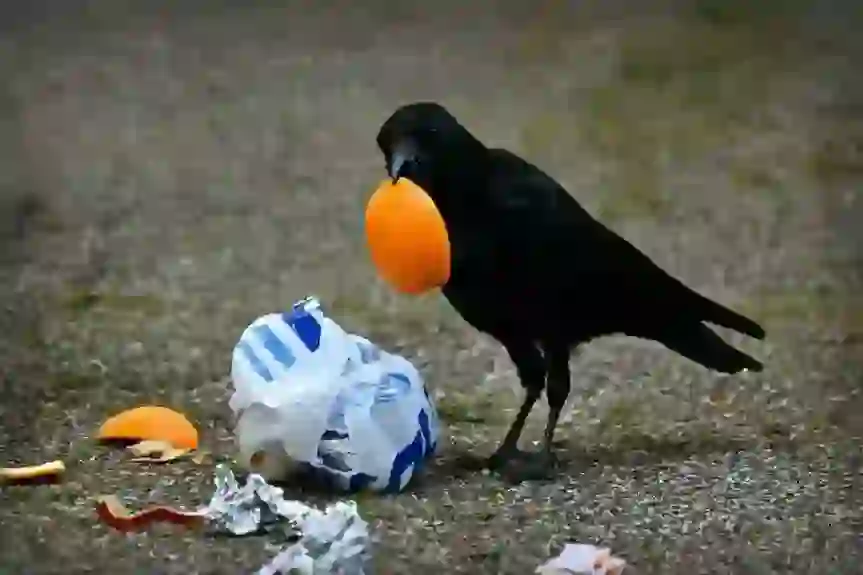
Is it true that crows can be eaten?
Yes, you can actually eat crows.
In Nagano Prefecture, Japan, there used to be a local dish called "crow dengaku" that used crow meat.
This dish was made by mixing crow meat, green onions, ginger, miso, etc., Pounding it on a skewer and grilling it, and seemed to be similar to tsukune in image. Karasu Dengaku was valued as a warming dish and was often eaten until the mid-Showa period.
Crows have a history of being eaten outside of Japan, and were used as an ingredient in China and Vietnam, and as a medicine in Korea. In France, a small number of them are still eaten as gibiers.
By the way, crow meat has a lot of iron and is said to taste more like beef than chicken. The meat is somewhat hard overall, and the skin is hard and very hard to chew, but the taste is never bad.
In addition in Japan, rook, carrion crow, and jungle crow are hunting birds and animals, so if a person with a hunting license catches them during the specified hunting period, they can be eaten without any problems.
Some stores actually offer crow dishes and some sell crow meat, so if you are interested, you may want to look for one.
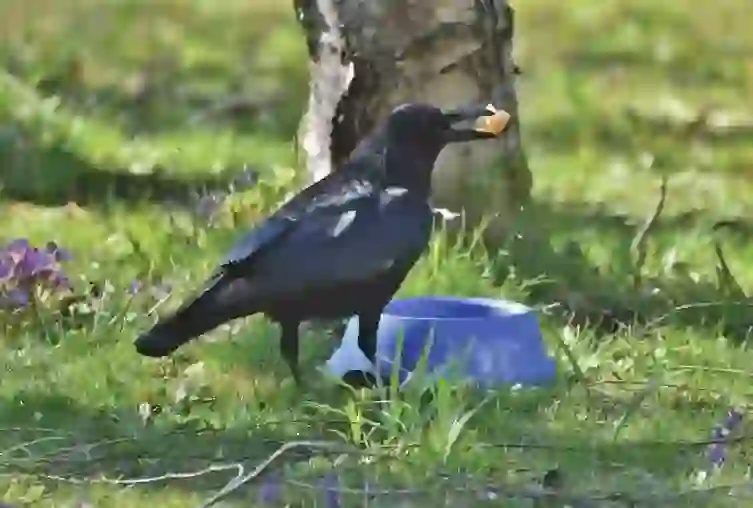
Can crows be kept as pets?
By the way, is it possible for an individual to keep a crow as a pet?
There are probably various laws about crows in many countries around the world, but this time I would like to introduce mainly whether crows can be bred in Japan.
First of all, in Japan, three species are designated as game birds and animals: Rook, carrion crow, and jungle crow.
Therefore, if you have a hunting license, you are free to catch these three species only during the specified hunting period and at the specified location. And since there are no rules on how to handle the animals you catch, it is up to you to eat and keep them.
Some people also protect and keep crows that have been injured or sick. Basically, if you protect wild animals, you have to return them to the wild after they are cured of injury or illness, but if it is determined that they cannot be returned to the wild, you can continue to keep them as they are with the permission of the prefectural government.
In addition, the "pied crow" that lives in Africa is sometimes distributed in some pet stores as a crow for pets.
It is said that crows learn people's faces, so if you treat them with love, they will get to know you better.
However, since crows are large, they need a reasonably large and spacious space to be kept. Also, because of its loud chirping, it is considered difficult to keep crows in a typical apartment complex.
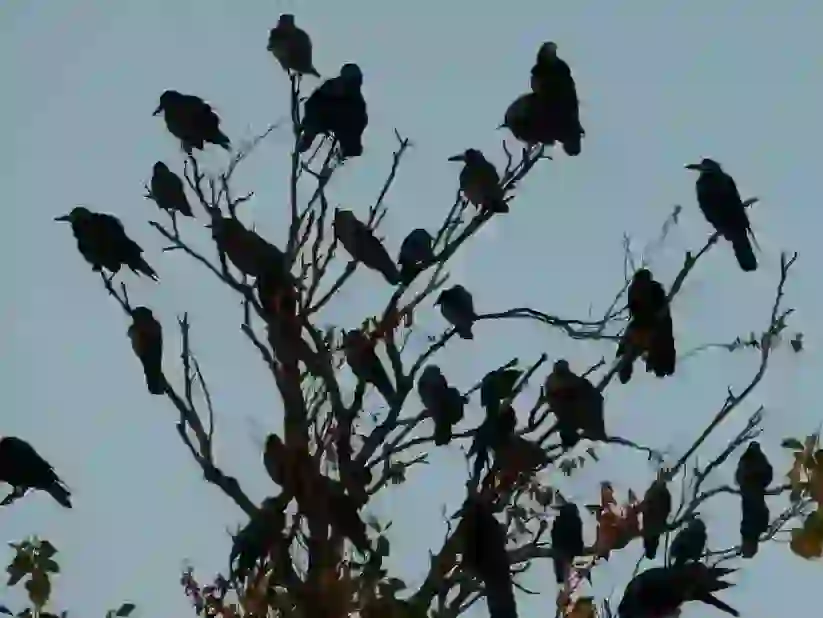
Are all crows pitch black?
Crows have about 40 different kinds of friends, but do they all have a completely black body color?
Most of the crows are black, but there are also black and white two-tone crows such as "pied crow", "daurian jackdaw", and "hooded crow".
The wings are glossy and have a metallic purple or blue luster if you look closely, although both the jungle crow and carrion crow are completely black from beak to leg.
As a side note, the glossy black color like a crow's feather is called "crow's wet feather color" in Japanese.
Incidentally, there are also birds with blue feathers in the corvidae, such as "lidth's jay" and "plush-crested Jay".
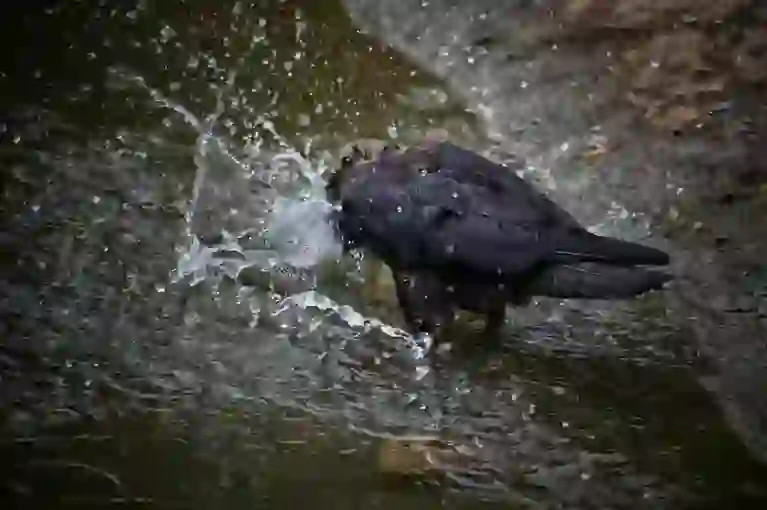
How long does a crow live?
The lifespan of crows is not clearly known, but it is thought to be roughly 10 to 20 years.
They probably live longer in captivity than in the wild, but there is little information and it is not known for sure.
Incidentally, there is a record that the rook lived for 19.9 Years, and the crow (type unknown) that was bred in Japan lived for 20 years.
As a side note, I sometimes see information on the Internet that crows have a lifespan of 100 or 120 years. However, it is safe to say that this is a so-called urban legend.
Perhaps this story was brought up because crows themselves are often seen, but carcasses are rarely seen.
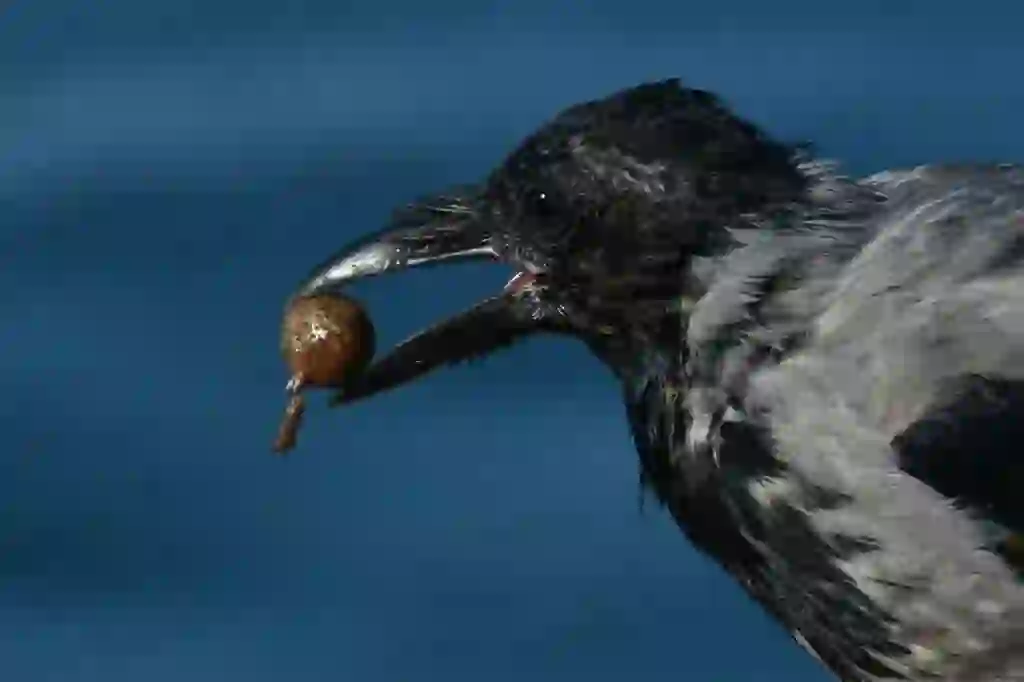
What enemies do crows have?
The crow's natural enemies are birds of prey such as eagles and hawks, and we humans.
In the case of Japan, jungle crow and carrion crow, which destroy garbage and crops, are treated as pest birds and are exterminated in many parts of the country. In Tokyo alone, the number of birds exterminated was about 4,800 in 2020, for a total of 228,000.
It is difficult to survey the population of birds that can fly, such as crows, and it is not known exactly how many crows live in Japan. However, even with such a large number of crows exterminated, there is almost no risk of them becoming extinct.

Would you like to become a part of the 'Animalbook.jp'?
Turn your knowledge into Q&A and share it with the world. ※Publication will be activated after purchase. Let's share information together!
Crow Type of List
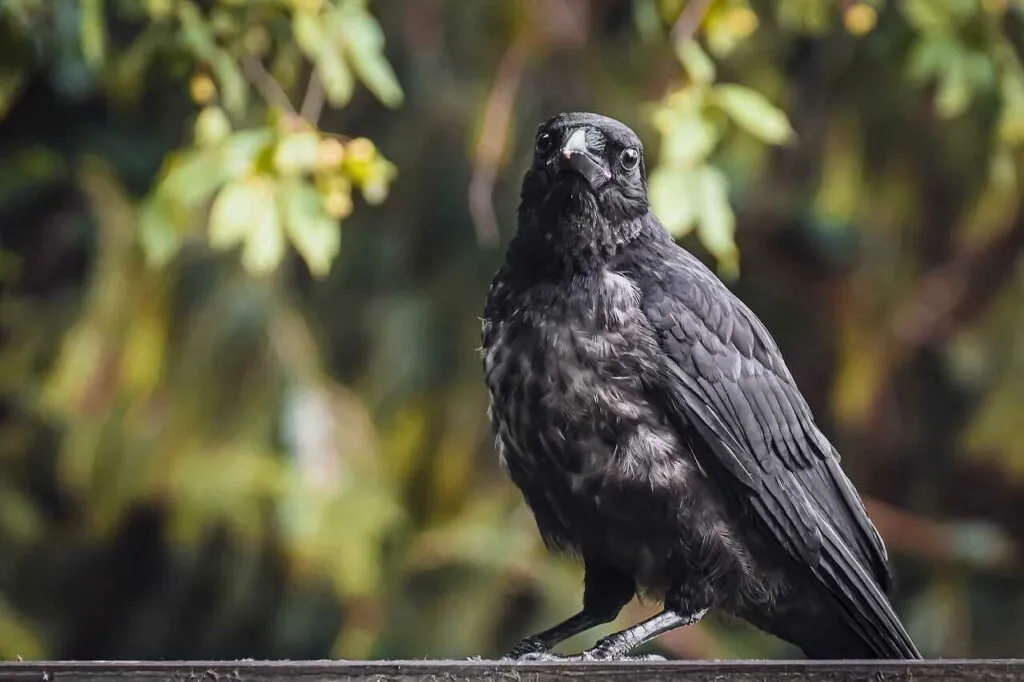
・Jungle Crow ・Carrion Crow ・Daurian Jackdaw ・Rook ・Common Raven ・New Caledonian Crow etc.
Information
Congratulations! You are the first commenter!

Create Your Favorite List!
Crow
Save the animals you love! Build your own list to quickly revisit your favorites later.

Would you like to leave a comment?
※Please note: This is for the purchase of rights to post comments within the article.
Find Your Favorites!
Our shop offers a unique and attractive selection of goods themed around various animals.
Crow References

- 松原 始(2013年)『カラスの教科書』雷鳥社
- 松原 始(2015年)『カラスの補習授業』雷鳥社
- 杉田 昭栄(2018年)『カラス学のすすめ』緑書房
- TBS NEWS「Nスタ545:札幌で“カラス被害”相次ぐ」 https://www.youtube.com/watch?v=tKgqltNCIo8
- 歴人マガジン「【上田のカラス】真田一族ゆかりの地に引き継がれる気質と郷土料理」 https://rekijin.com/?p=13122
- 東京都環境局「生息数等の推移(取組状況)」 https://www.kankyo.metro.tokyo.lg.jp/nature/animals_plants/crow/jyokyo.html
- 現代ビジネス「カラスも「目上のカラス」に忖度する…知られざる社会模様」 https://gendai.ismedia.jp/articles/-/63531
- NPO法人札幌カラス研究会「カラスの繁殖」 http://www13.plala.or.jp/crow-sapporo/couple.html
- 自治体担当者のためのカラス対策マニュアル Ⅲ 資料編 https://www.env.go.jp/nature/choju/docs/docs5-1b/03.pdf
- 中川 鮎美(2018)人が捉えたカラスの姿「生物」としてのカラスと「イメージキャラクター」としてのカラス http://human.kanagawa-u.ac.jp/gakkai/student/pdf/i14/140314.pdf
Crow Introduction of media used
出典:https://www.pexels.com/ja-jp/photo/-3121227/

出典:https://pixabay.com/images/id-5362366/

出典:https://pixabay.com/images/id-4356185/

出典:https://pixabay.com/images/id-2430737/

出典:https://pixabay.com/images/id-3184260/

出典:https://unsplash.com/photos/M9SzQ4atKk0

出典:https://pixabay.com/images/id-2825139/

出典:https://pixabay.com/images/id-4339682/

出典:https://pixabay.com/images/id-5005534/

出典:https://pixabay.com/images/id-705043/

出典:https://pixabay.com/images/id-4884146/

出典:https://pixabay.com/images/id-5598268/
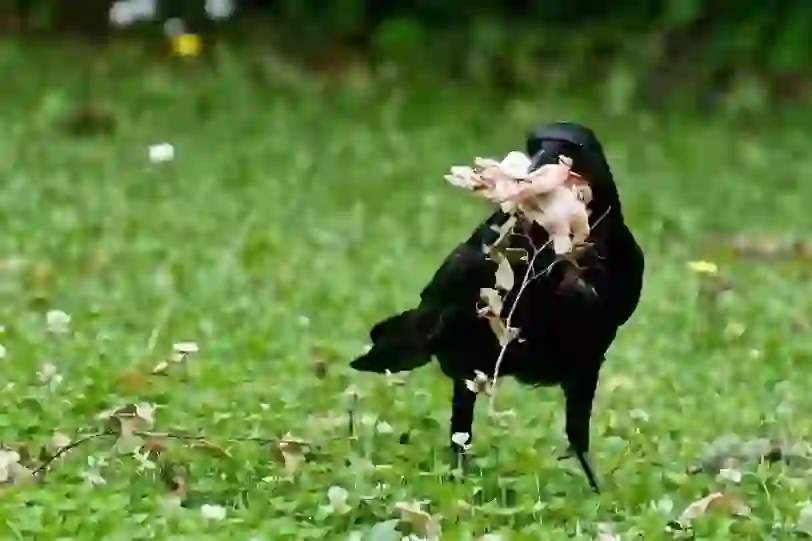
出典:https://pixabay.com/images/id-4364269/
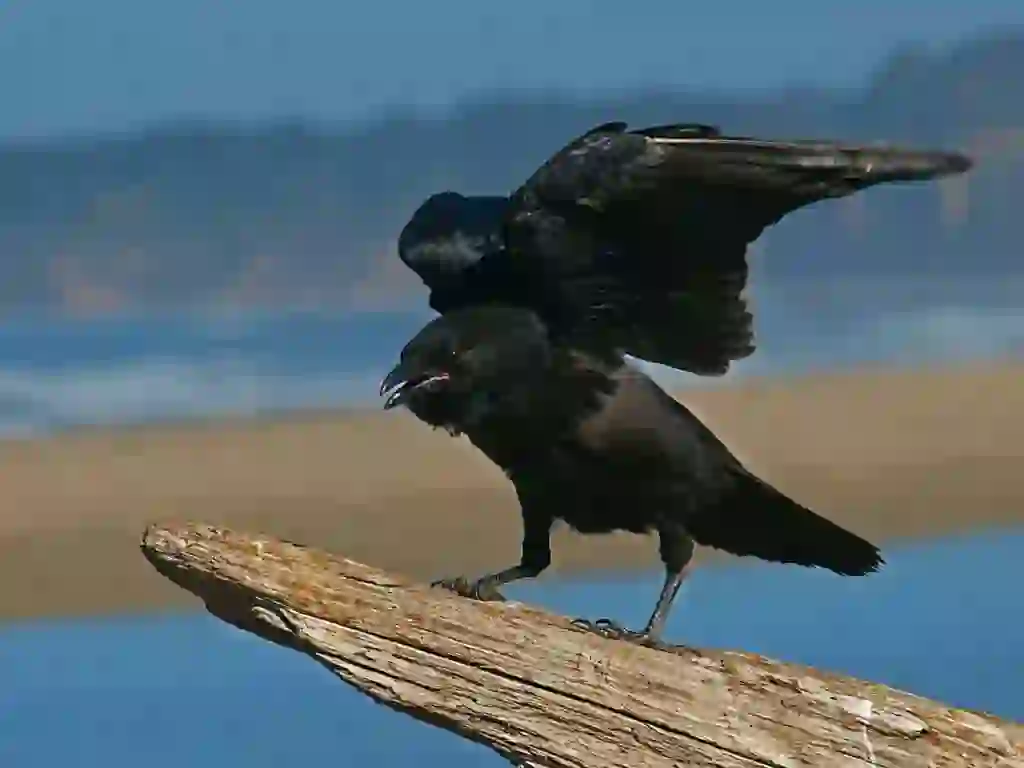
出典:https://pixabay.com/images/id-414104/
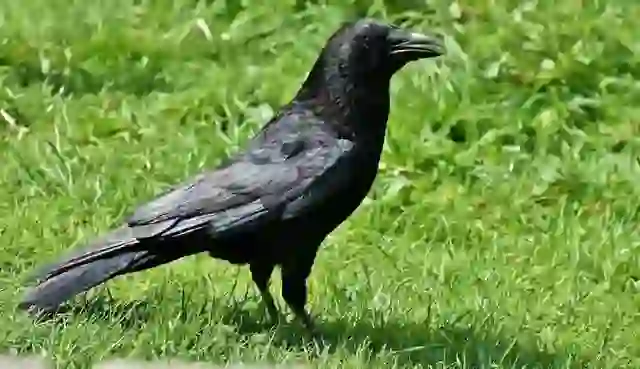
出典:https://pixabay.com/images/id-3347390/
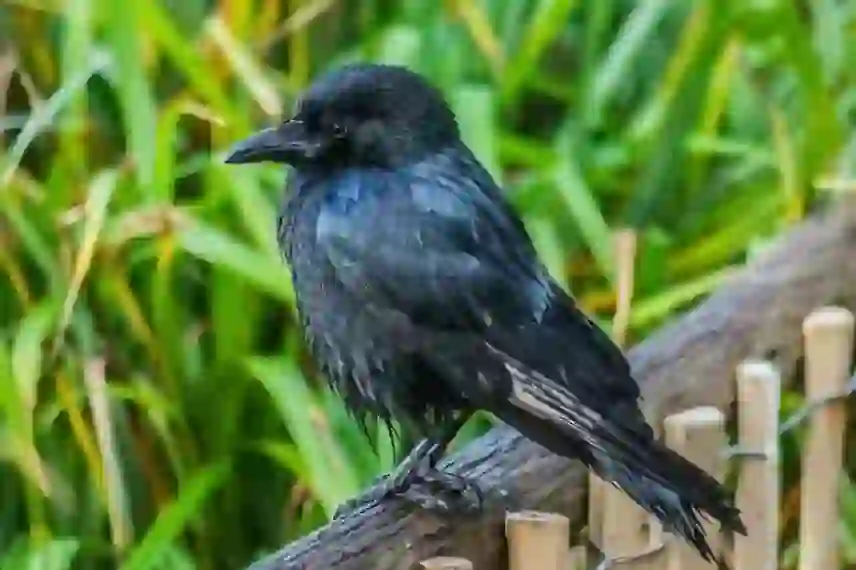
出典:https://pixabay.com/images/id-3040844/
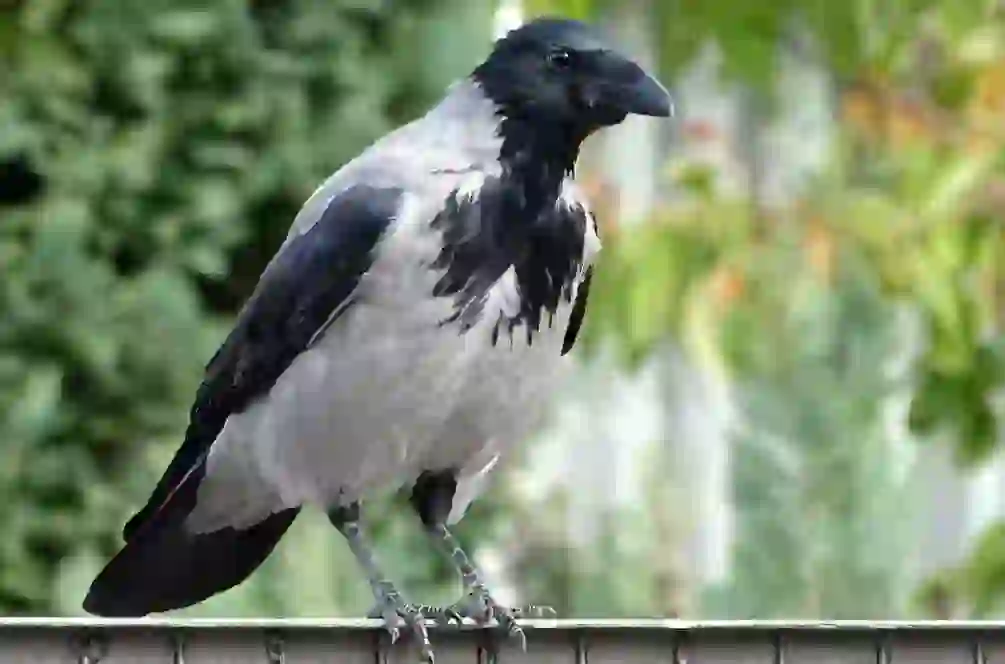
出典:https://pixabay.com/images/id-3718585/
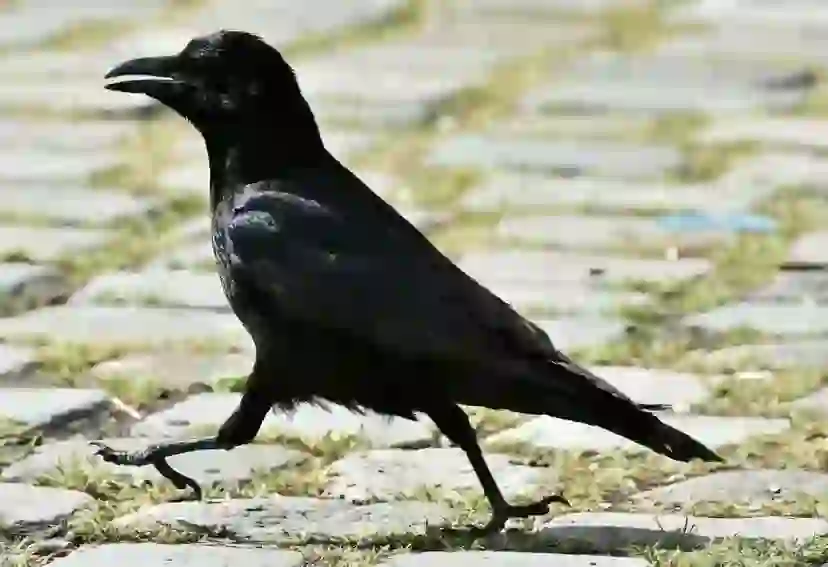
出典:https://pixabay.com/images/id-3347230/
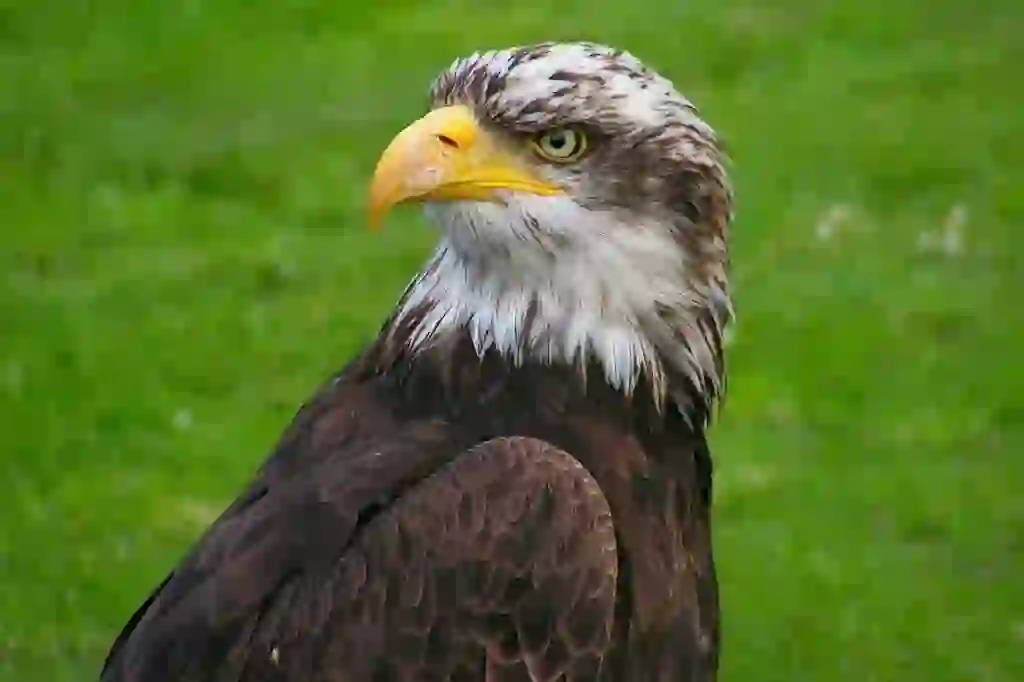
enemy
出典:https://pixabay.com/images/id-563535/
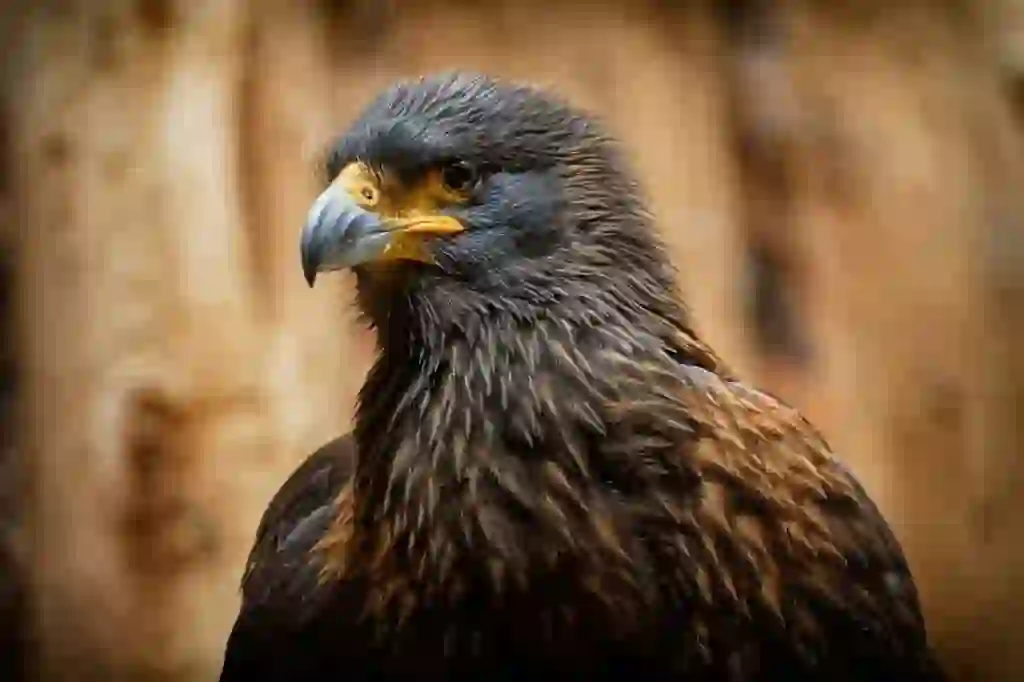
enemy
出典:https://pixabay.com/images/id-4336441/
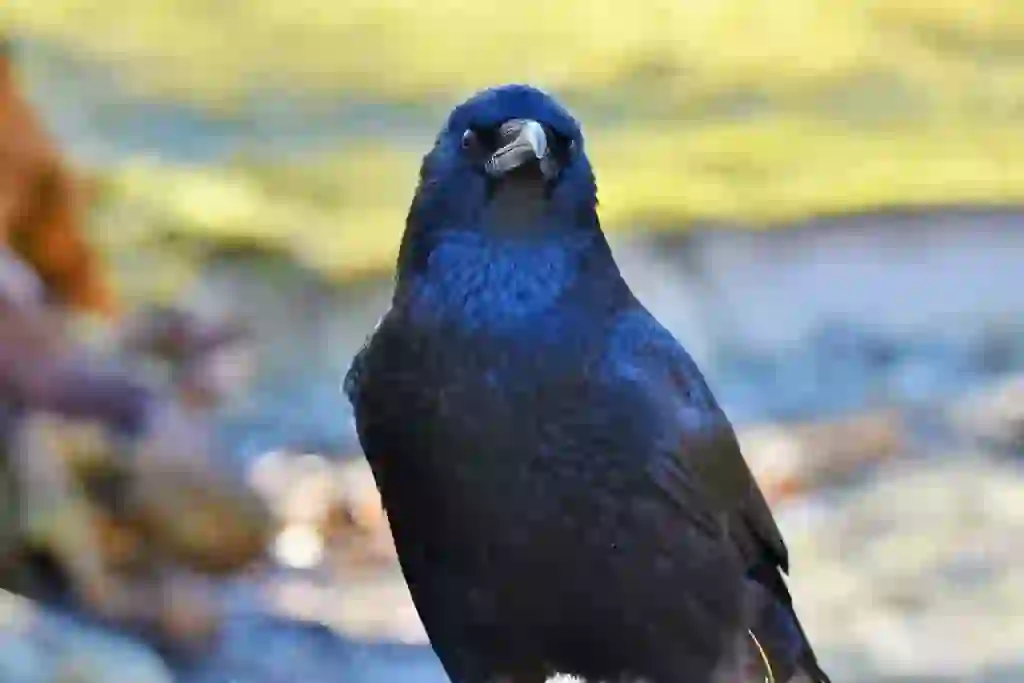
出典:https://pixabay.com/images/id-3052169/

Help Enrich Our Animalbook.jp with Your Media!
We are constantly looking to expand and enrich our Animalbook.jp with amazing photos and videos of animals. If you have any media that you'd like to share, please contribute and help us showcase the beauty and diversity of the animal kingdom. Your submissions will be credited and featured in our encyclopedia, reaching a wide audience of animal lovers.


















